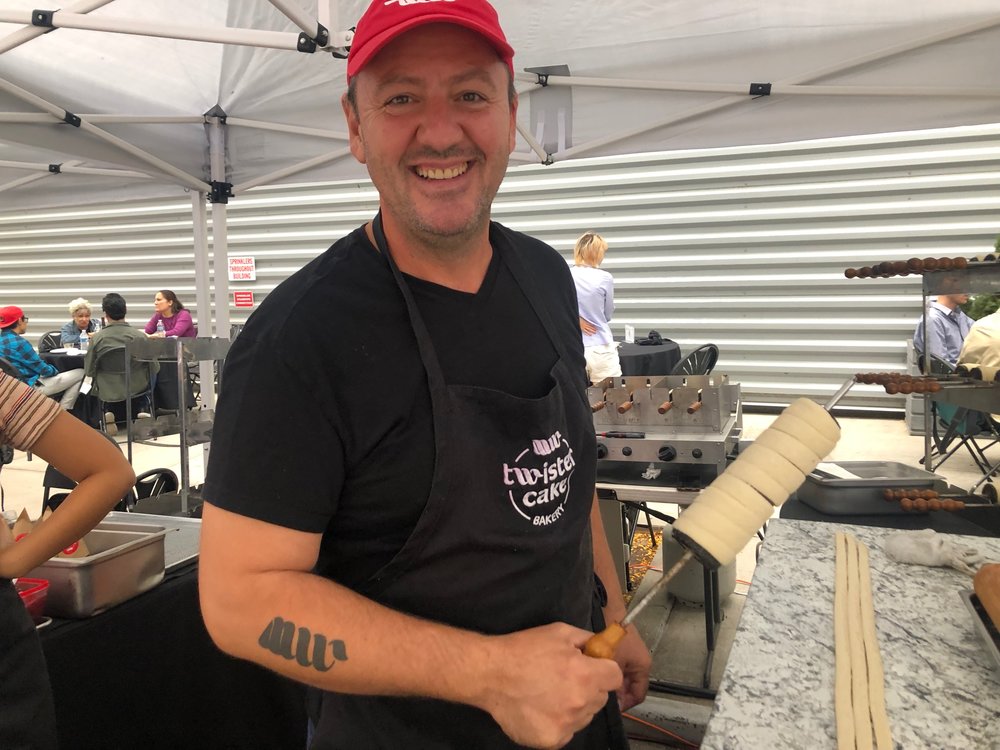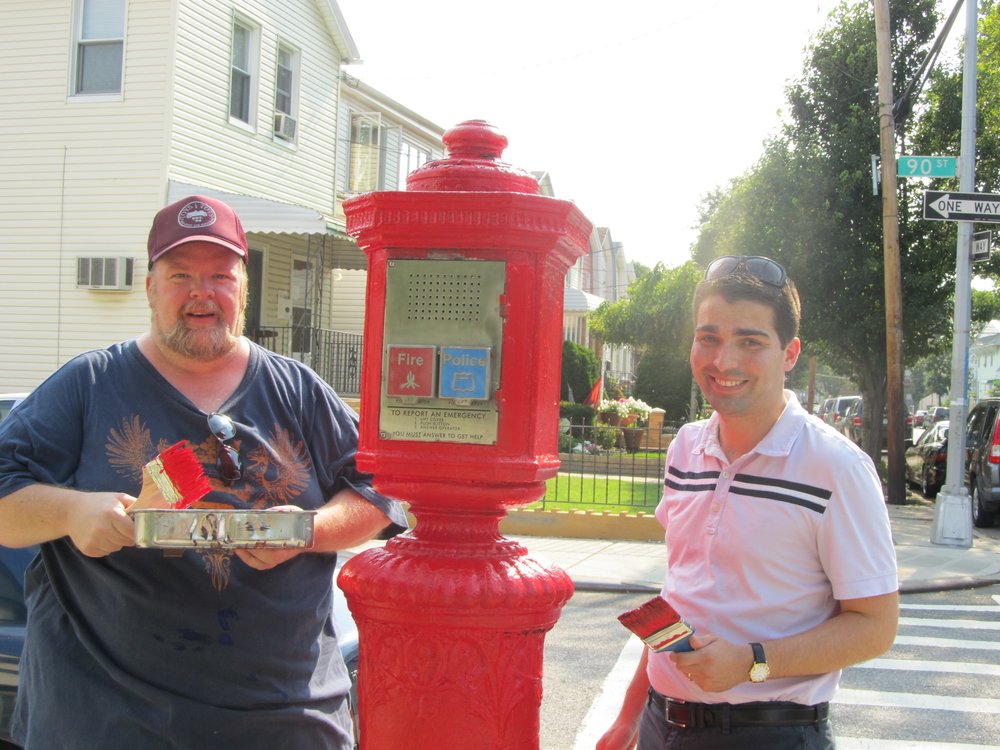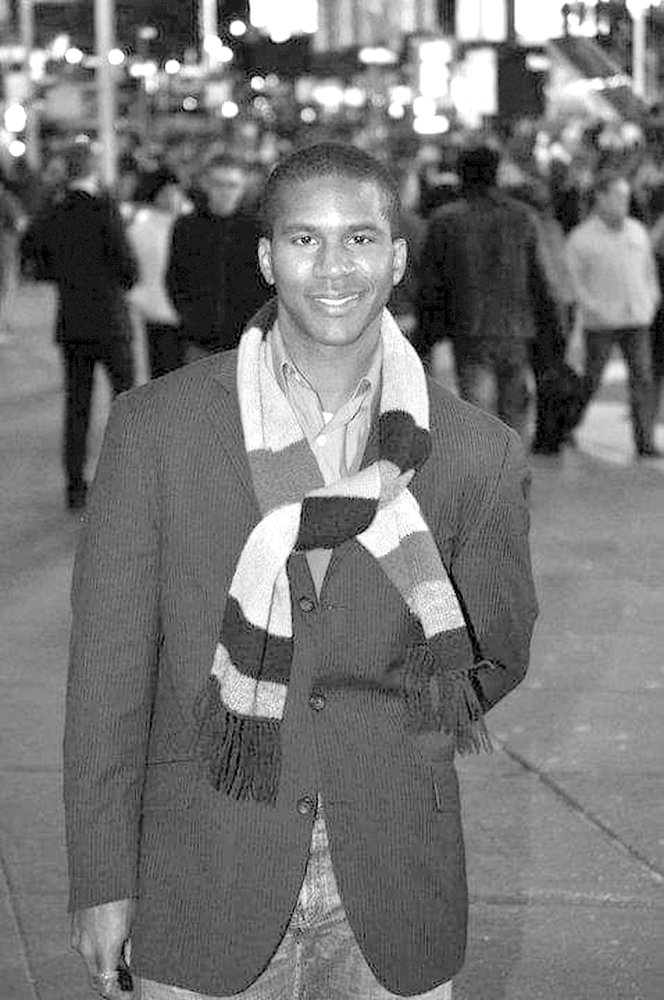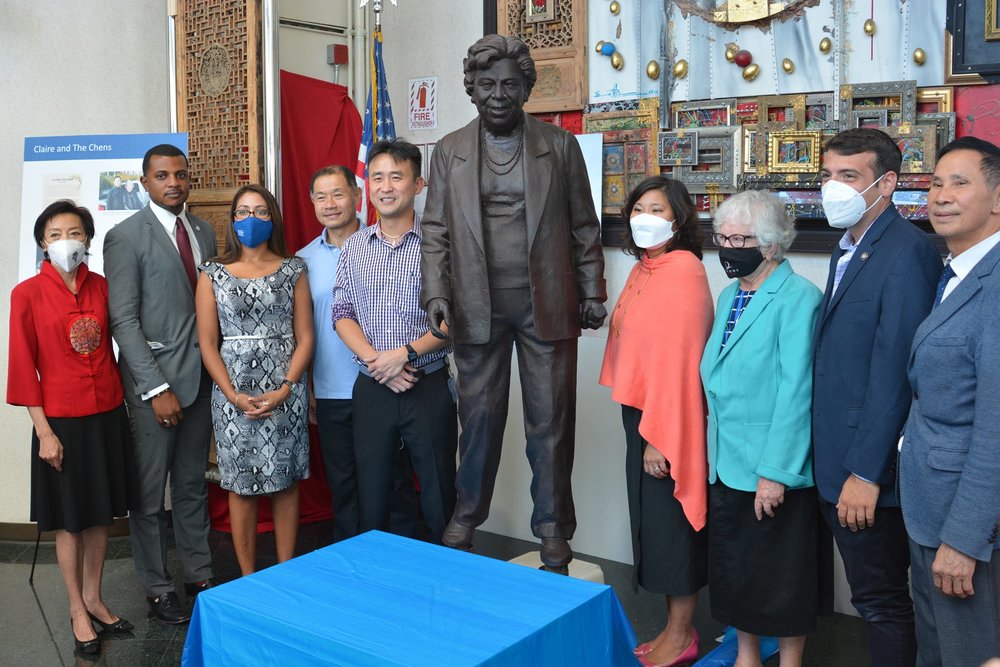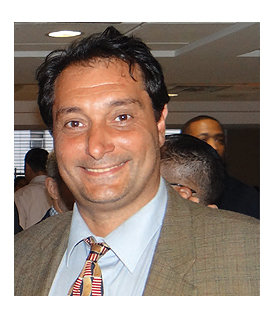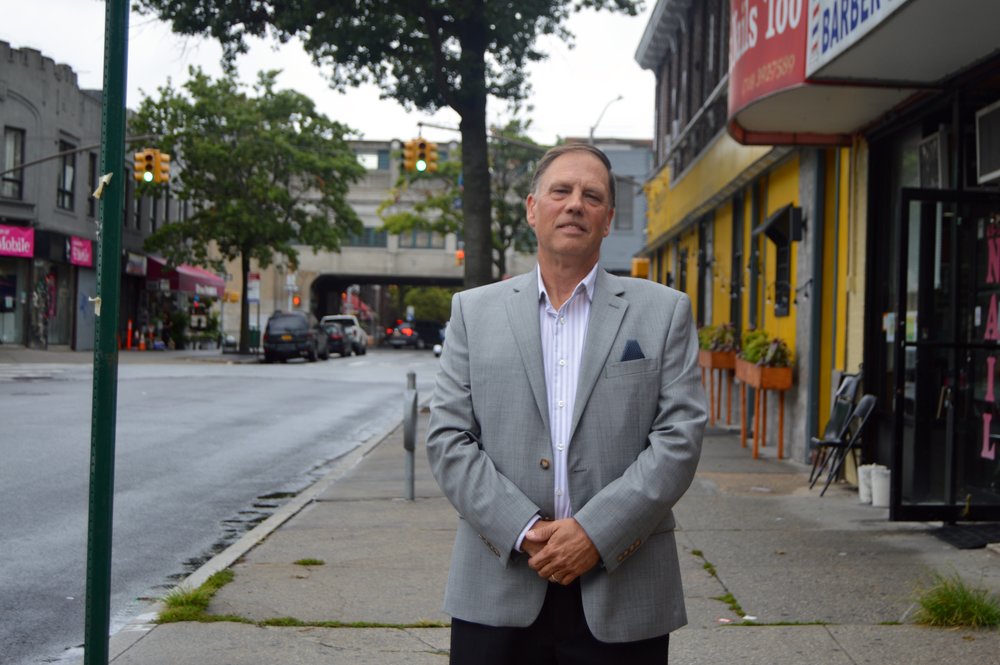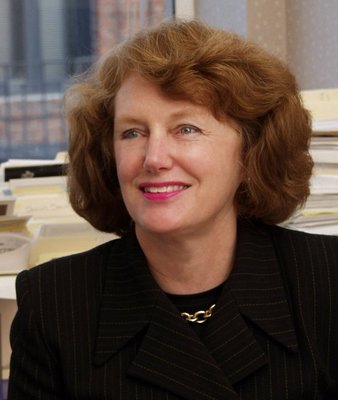Queens Comes Back: QDEC hosts block party
By Evan Triantafilidis
Over 40 vendors and 1,000 people gathered in an outdoor backlot of Kaufman Astoria Studios for the Queens Comes Back event this past weekend. The event was hosted by the Queens Economic Development Corporation.
QEDC executive director Seth Bornstein said it was gratifying to see people come together and support local businesses, especially after the last 18 months.
“When I look at this crowd, it represents the borough,” he said. “The vendors, the people here, there’s no majority and no minority.”
Bornstein said he wanted to give back, both to local businesses and to the public, resulting in the event not charging vendors a fee and no charge to the public to enter.
From plant-based and vegan cakes by Pudding Pan Desserts to Romanian sweets from Twister Cake Bakery, sweet tooths were left satisfied as lines formed outside each vendor booth throughout the day. Spanish cuisine from Sala Astoria was served and washed down with cocktails by QNSY Sparkling Cocktails.
“As an entrepreneur, it was an exciting and energizing networking opportunity,” said Tara Merdjanoff, co-founder of QNSY Sparkling Cocktails.
Performances were held throughout the day featuring Gotham Dance Theater, Chieh Hsiung, Manhatitlan Mexican Folkloric Dance Group and Greek American Folklore Society.
The original Queens Taste event is usually held annually on the first Monday of May, said Rob MacKay, director of public relations for QEDC. In past years, places like the New York’s Hall of Science and Citi Field hosted the indoor event.
MacKay said this year’s outdoor event exceeded his expectations.
“We’ve been through a lot as an agency that helps small businesses and they’ve been through a lot, but I feel like a lot of people have stabilized and found out ways to work around stuff,” said MacKay. “It’s a morale booster to show we’re going to make it.”


